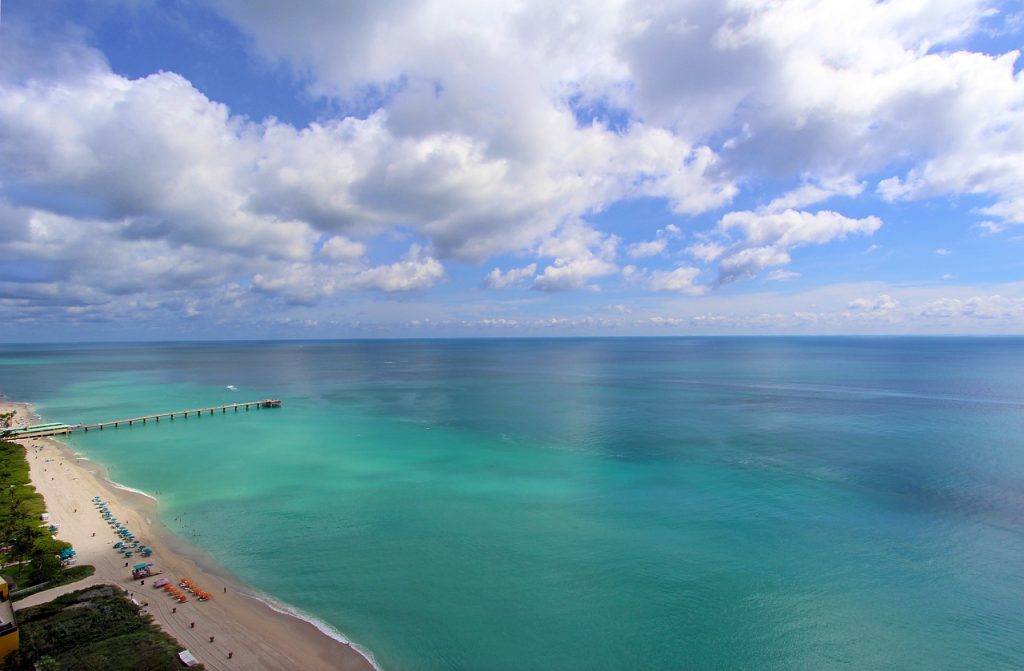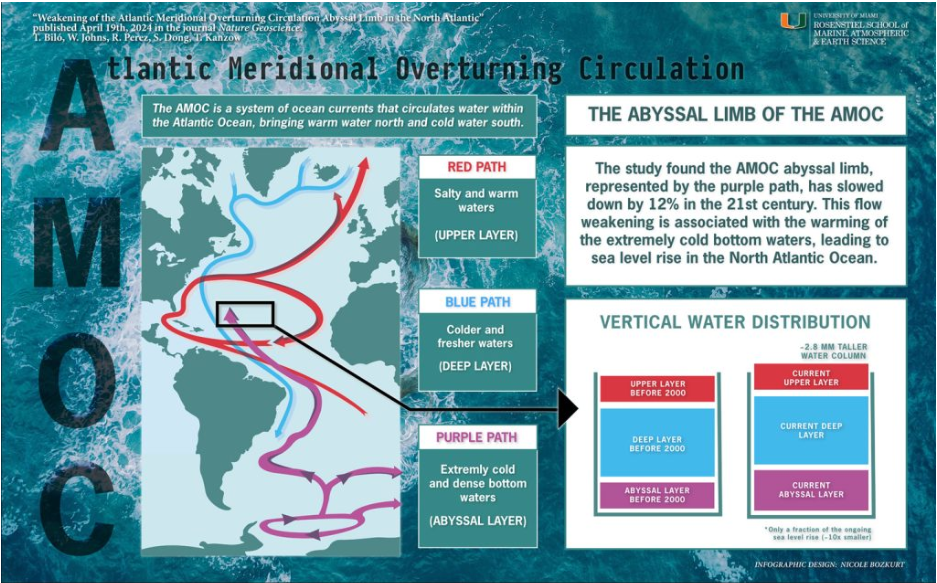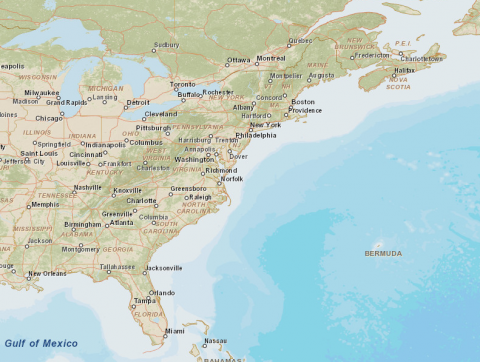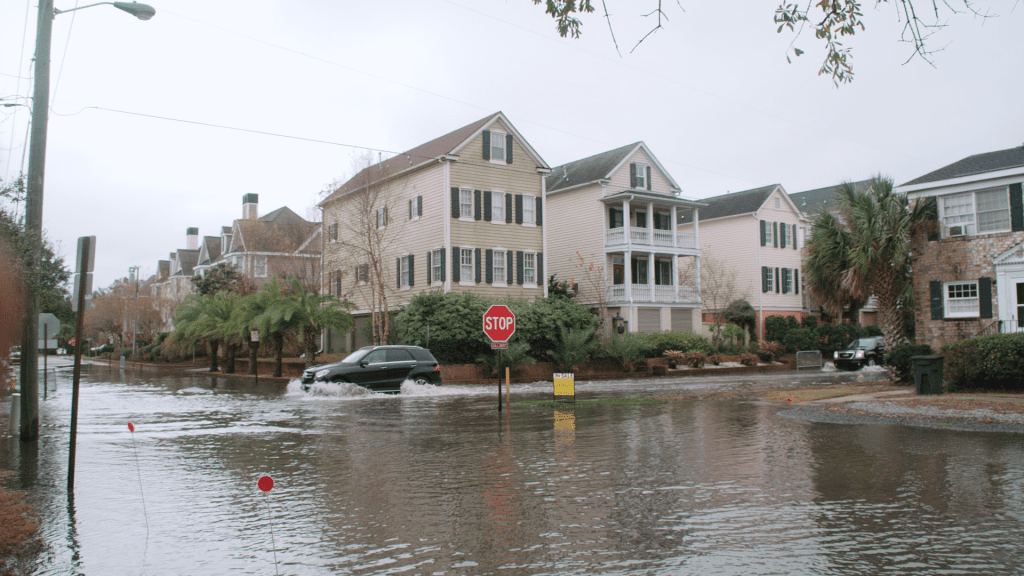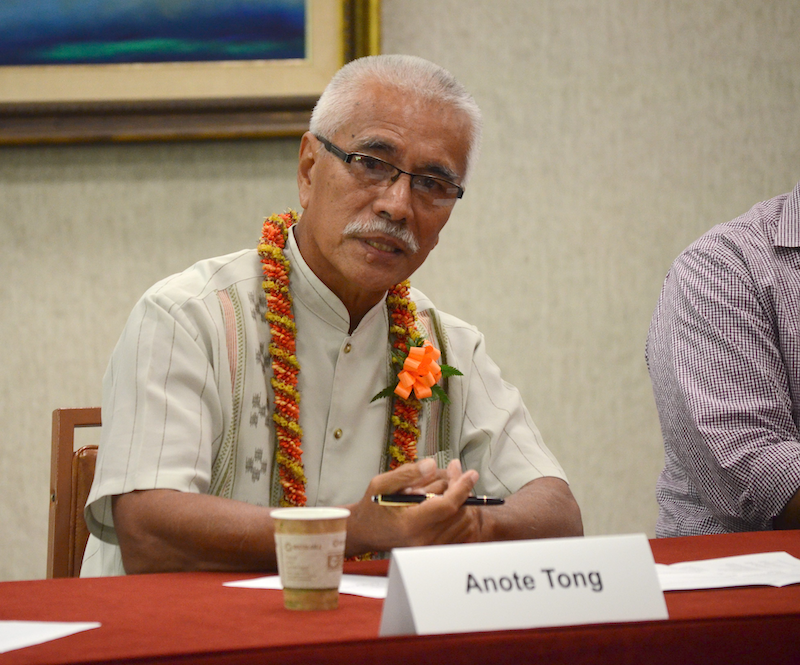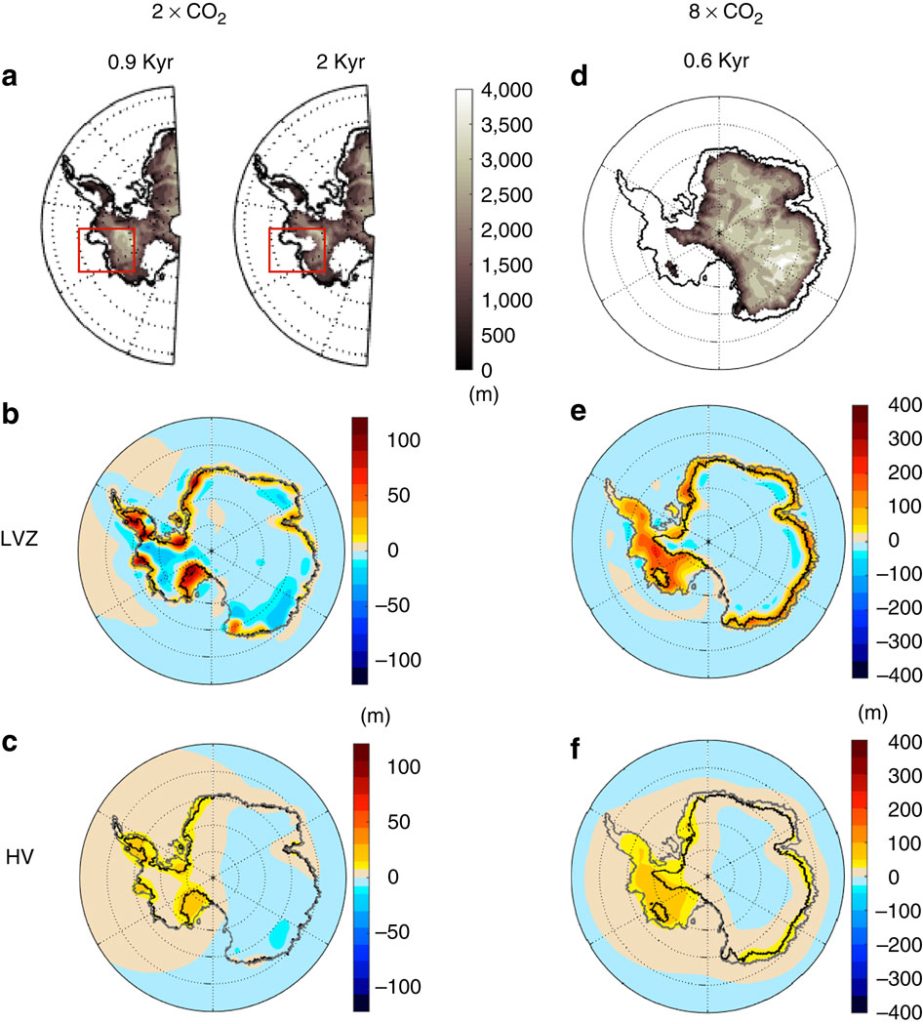Drivers and improved predictability of sea level rise along the U.S. Southeast Coast
Climate modelers used the rapid acceleration of sea level rise along the U.S. Southeast Coast since 2010 as a case study to investigate drivers and predictability of sea level rise in the region. Findings suggest the rate of sea level rise along the U.S. southeastern seaboard is potentially predictable up to 5 years in advance.
Drivers and improved predictability of sea level rise along the U.S. Southeast Coast Read More »


